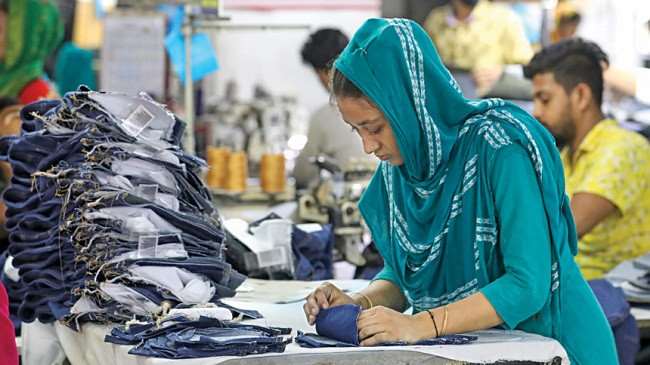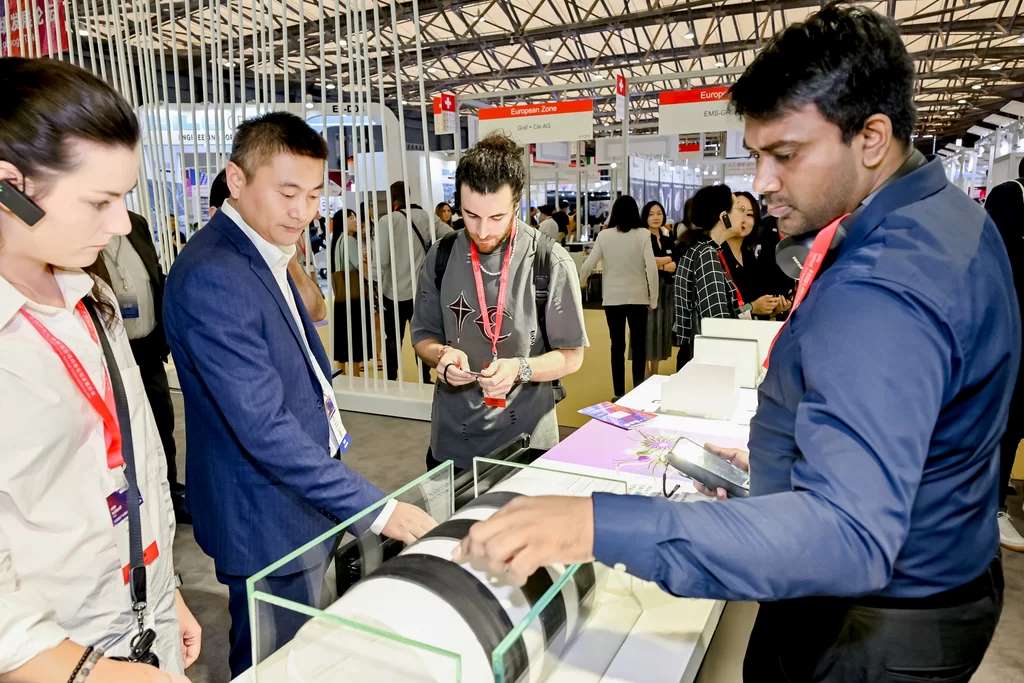Researchers from the University of Bristol and the University of Bath have collaborated to launch a new genre of wearable technology called SeamSleeve. Integrating conductive threads into garment seams, this technology enables electrical circuits within clothing that dynamically adjust resistance in response to wearer movements.
The primary objective of this technology is to create a range of digital clothing capable of accurately capturing and recording body movements. This breakthrough has far-reaching applications in healthcare, rehabilitation, consumer electronics, and sports science, promising to improve health outcomes and user experiences.
Wearable technology aims to surpass current motion-sensing devices like smartphones and smartwatches. Accurate movement data could revolutionise the monitoring and analysis of physical activities, potentially enhancing fitness goals and health management.
The advancement opens doors for e-textile designers and clothing manufacturers to create state-of-the-art garments that enhance exercise, physiotherapy, and rehabilitation.
Professor Mike Fraser, School of Computer Science, University of Bristol emphasises on the potential for clothing manufacturers to seamlessly integrate these designs into sleeves and other garment seams. The technology utilisesoverlocked seams in standard garment construction, eliminating the need for a separate power source by pairing with a charging coil that draws energy wirelessly from a mobile phone in the pocket.
The conductive threads react to low voltages, enabling the garment to detect and record subtle movements and postures. This data is transmitted to the wearer’s phone, stored in the pocket, which serves as both a power source and data receiver similar to Bluetooth.
Artificial Intelligence (AI) programs on the phone analyze the data, interpreting specific gestures and postures for applications in exercise monitoring, physiotherapy, and rehabilitation.
Smartphone apps employing advanced AI techniques can now utilise this movement data to match body movements to specific postures or gestures, such as those used in physiotherapeutic exercises, notes Fraser












